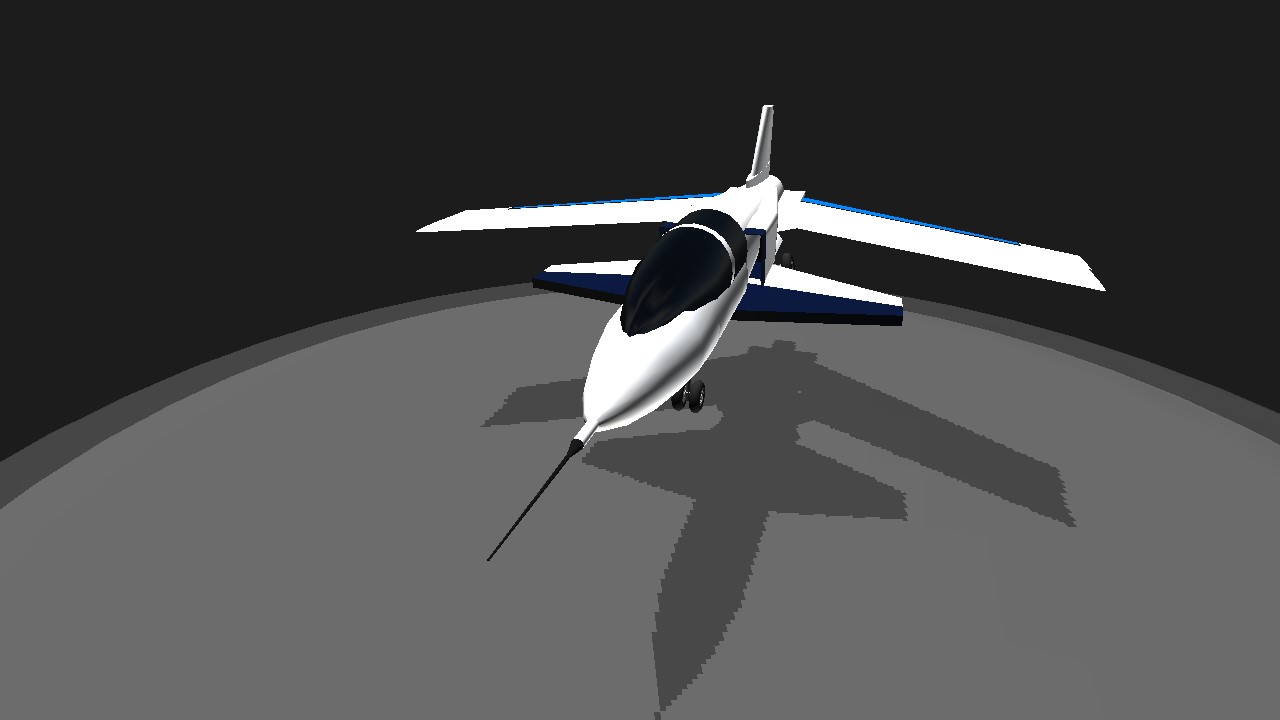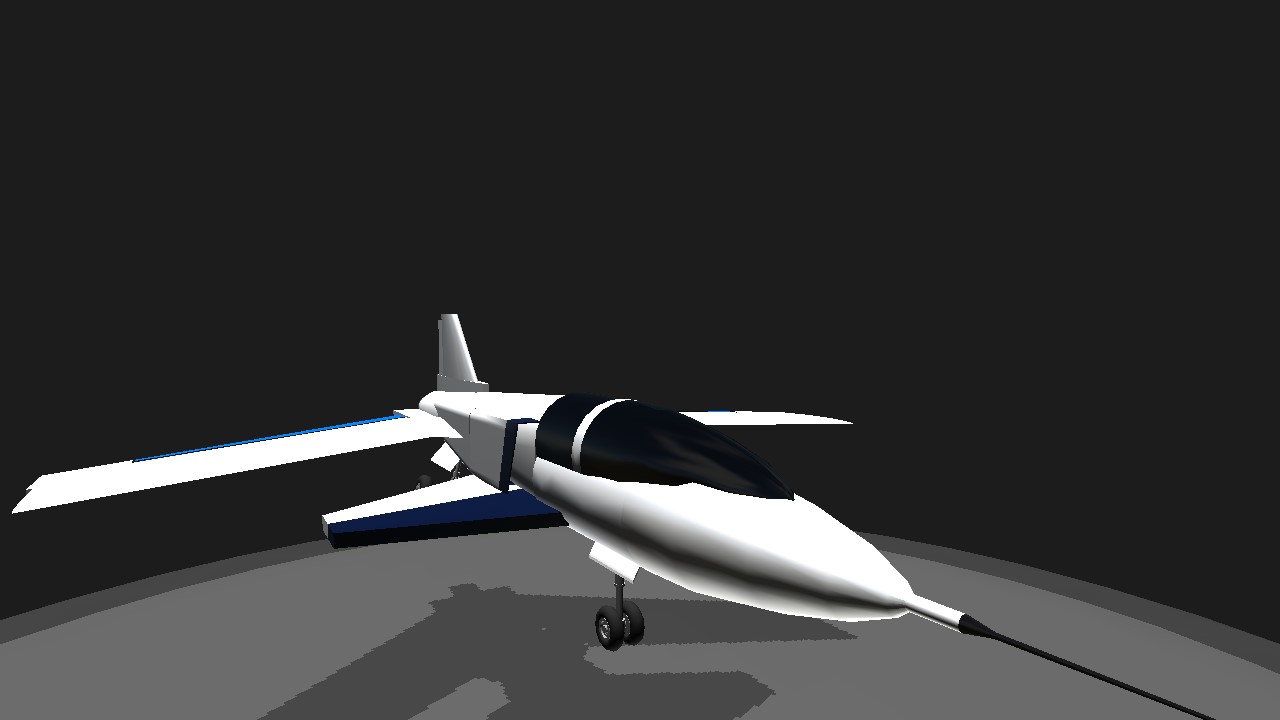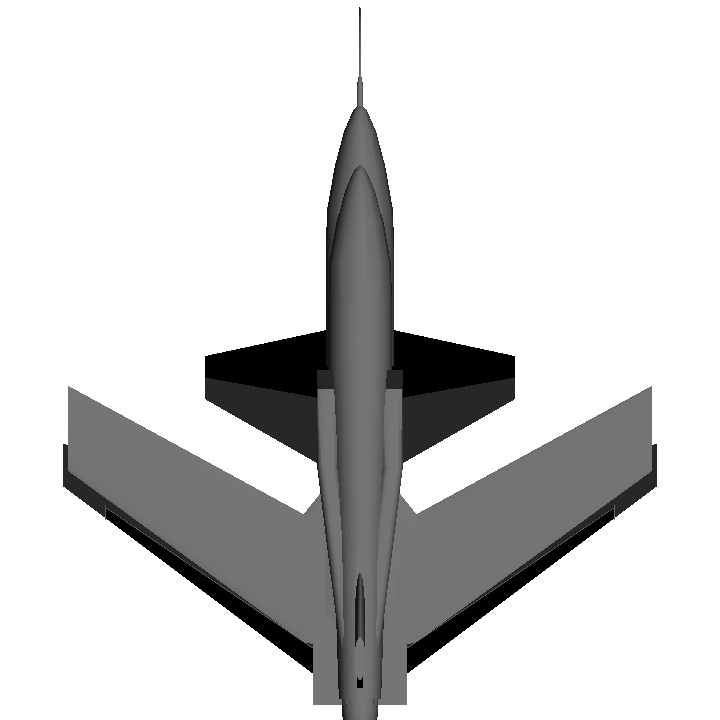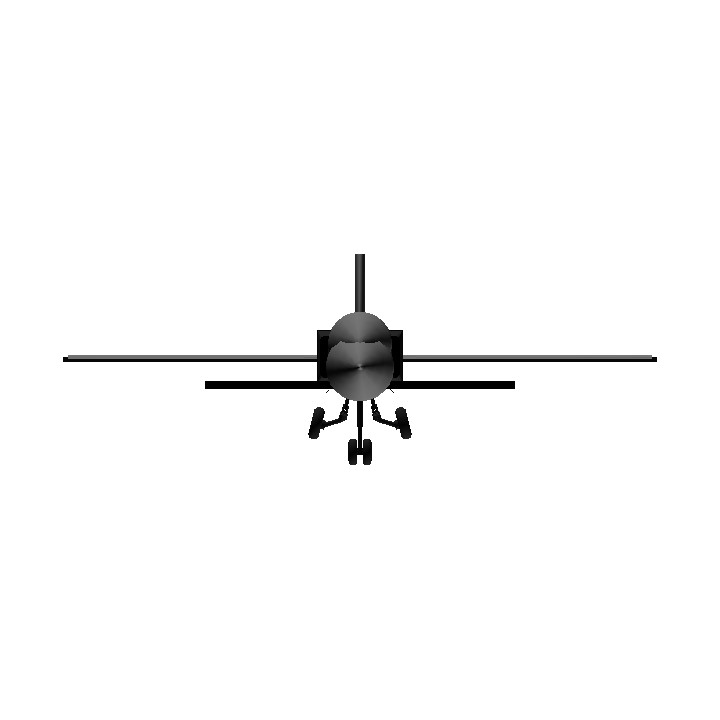Designed to explore hitherto theoretical aerodynamic virtues of forward swept wings which promised improved agility, spin-proof flying characteristics, good low-speed handling and reduced stalling speeds, the Grumman Model 712, designated X-29A by the US Air Force, was a single-seat jet aircraft fitted with a wing mounted at the rear of the fuselage, swept forward at 35°, and having shoulder-mounted canards just behind the cockpit. Powered by a single GE F404 turbofan, the aircraft used major components of other aircraft to keep costs down, including an F-5A forward fuselage and nose landing gear, and F-16 main landing gear and control surface actuators. Two prototypes were ordered in 1981 under an $80 million contract. The first aircraft flew on 14 December 1984 but was grounded on 6 December 1988 after its 242nd flight. The second X-29A, flown for the first time on 23 May 1989, completed its flight test programme in October 1991. Between them the two aircraft completed 374 flights (more than any other X-craft) and demonstrated angles of attack up to 67° (the target was 80). They also flew at Mach numbers up tp 1.52 and reached altitudes up to 12200m.
Specifications
General Characteristics
- Created On Android
- Wingspan 22.5ft (6.8m)
- Length 27.6ft (8.4m)
- Height 8.1ft (2.5m)
- Empty Weight 2,231lbs (1,011kg)
- Loaded Weight 2,674lbs (1,212kg)
Performance
- Power/Weight Ratio 12.605
- Wing Loading 23.0lbs/ft2 (112.2kg/m2)
- Wing Area 116.4ft2 (10.8m2)
- Drag Points 2007
Parts
- Number of Parts 42
- Control Surfaces 5
- Performance Cost 273





